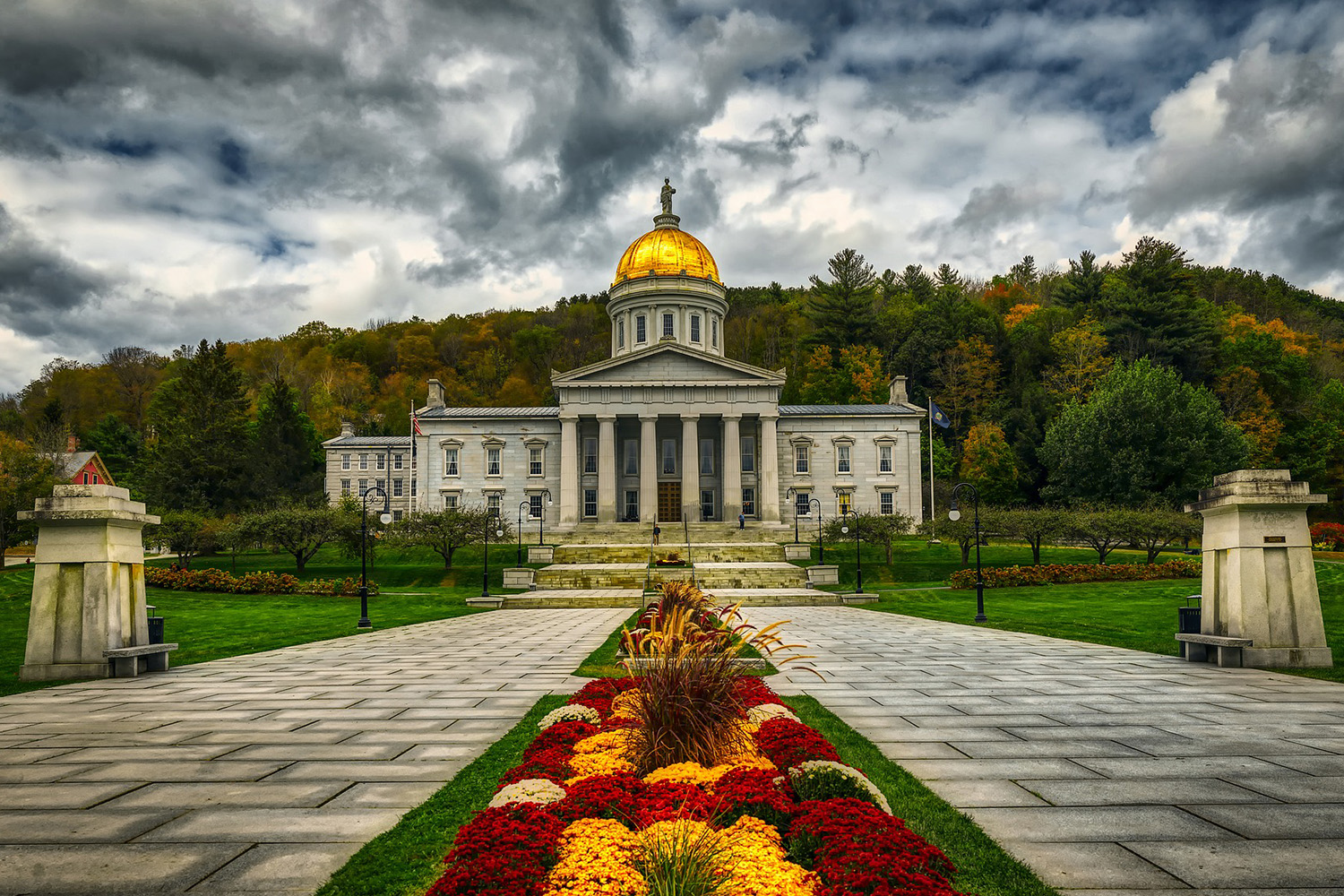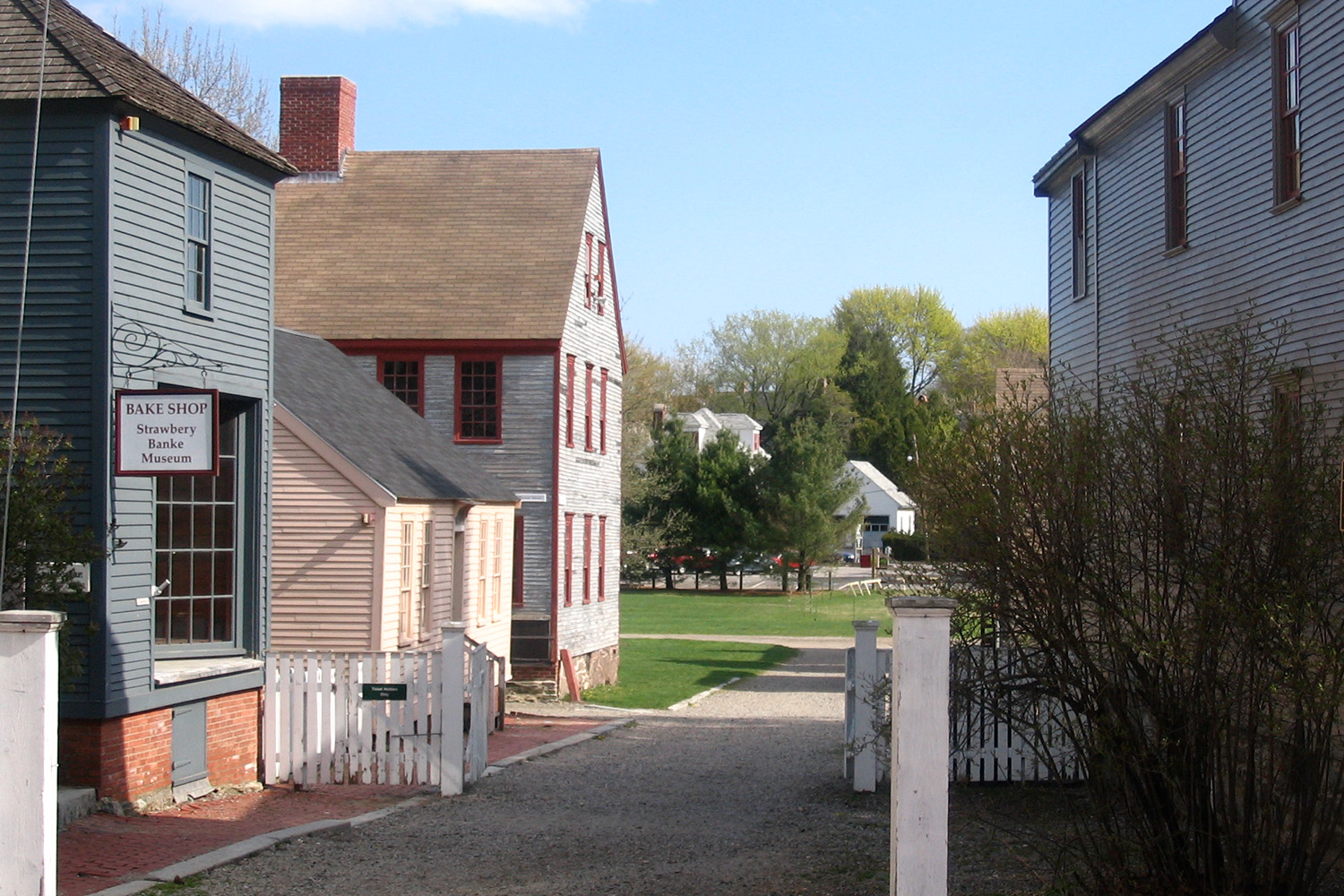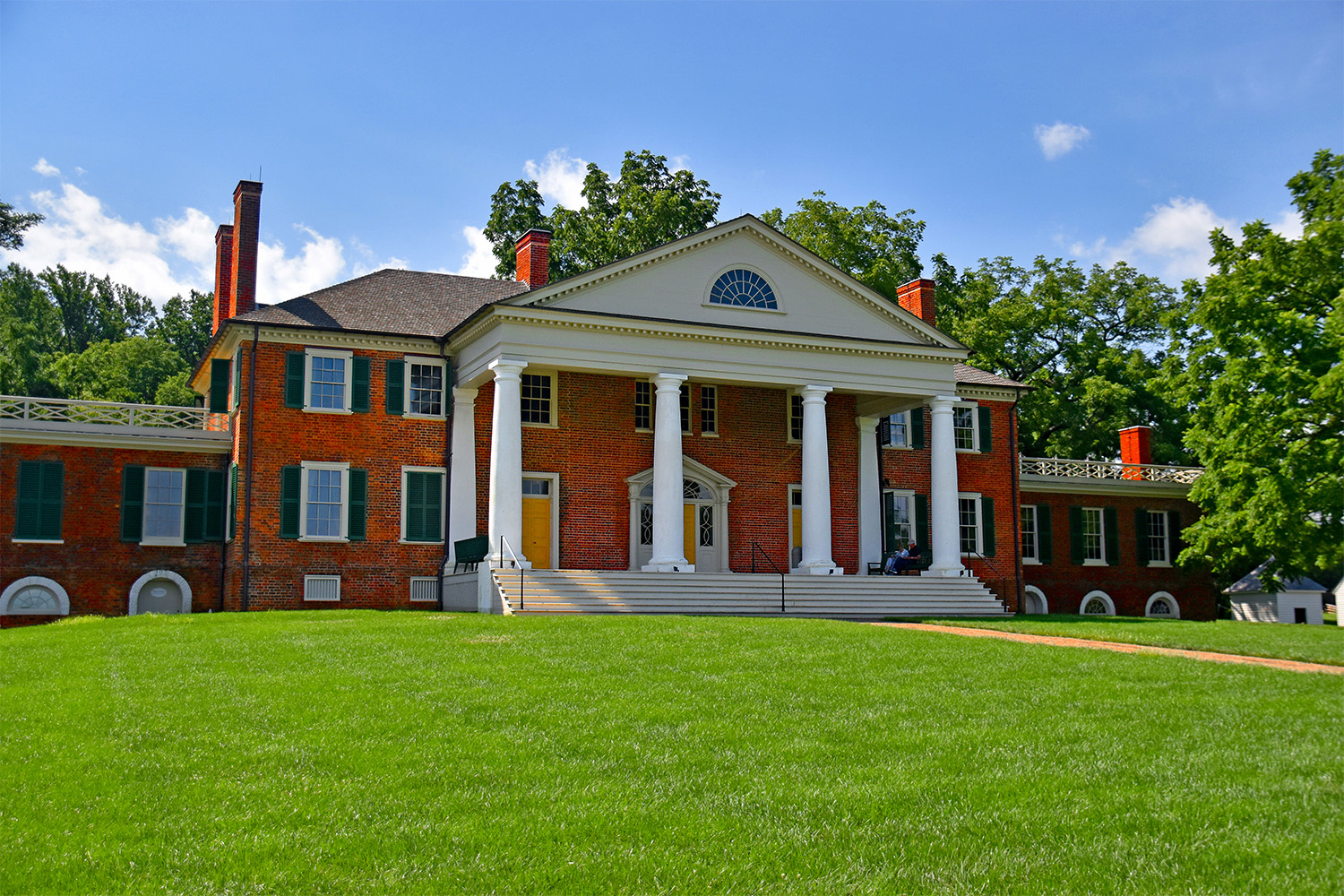New England Preservation – Part 3

New England preservation – sans Massachusetts
This week, VJ Tocci, our internal expert on historic buildings, highlights New England’s preservation of architecture, inspired by the latest Architectural Record Building Types Study on “Adaptive Reuse” projects.
VJ Tocci: Yesterday’s post centered on Massachusetts towns that are exemplary of preservation efforts; today’s highlights cities from New Hampshire, Vermont, Maine, and Rhode Island.
New Hampshire
- The “Strawberry Banke” section of Portsmouth, NH is an eclectic treat; with 40 restored homes dating back to the 1600s, it is reminiscent of a historic fishing village along the coast. Visiting this real neighborhood, one still feels the historic experience from the 1700’s. Each historic home is well preserved and attended to; if it weren’t for homeowners wearing jeans, you would feel as if you were in a fictional town, like Colonial Williamsburg. Separate from Strawberry Banke, downtown Portsmouth has been restored with pedestrian-friendly brick sidewalks along shops, businesses, and restaurants.
- Manchester was amongst America’s first and largest cities devoted to manufacturing. Similar to Lowell, MA, it grew from the mid-1800s and thrived until the mid-1900s when the industry shifted the South and eventually overseas. Today, Manchester’s mill buildings are alive with offices, retail, and residential units -recapturing the energy of people to create a destination.
- New Hampshire’s capital, Concord, is an abundantly livable city and retains its turn of the century downtown. Concord has restored many of its old mills, creating a vibrant city by adapting them for commercial and residential space.

Credit: Josh Graciano (Permissions)
Vermont
- The largest city in Vermont, Burlington abounds with fabulous examples of Federal and Greek Revival (1820-1850) architectural styles. The pedestrian friendly town center has been sensitively restored to accommodate its residents with shops and restaurants. The bucolic setting on the banks of Lake Champlain combine with its historic architecture to make this a magnificent city.
- America’s smallest capital city (population of 7,800), Montpelier retains its classically New England, quaint downtown. Virtually all of its architecture is from its one major development period in the mid-1800s. Montpelier feels permanently ensconced in that time period, since there is so little surrounding development to detract from the 19th century architecture and appearance.

Credit: Ron Cogswell (Permissions)
Maine
- Old Port, the waterfront section of Portland, ME, features architecture is from the mid-1800s through the turn of the century. Restoration efforts from the past 30 years have helped Old Port rebound, creating a modern destination.
Rhode Island
- Providence, RI is an under-rated gem, which is a success story for the link between building restoration and economic revival. Providence’s population expanded from 69,000 in 1870 to 253,000 in 1930 and has restored much of its architecture from its boom period. Like Boston, it has 35 historic neighborhoods each with a unique and proud architectural history. The historic districts of College Hill and Benefit Street are prime examples of preservation at its best.